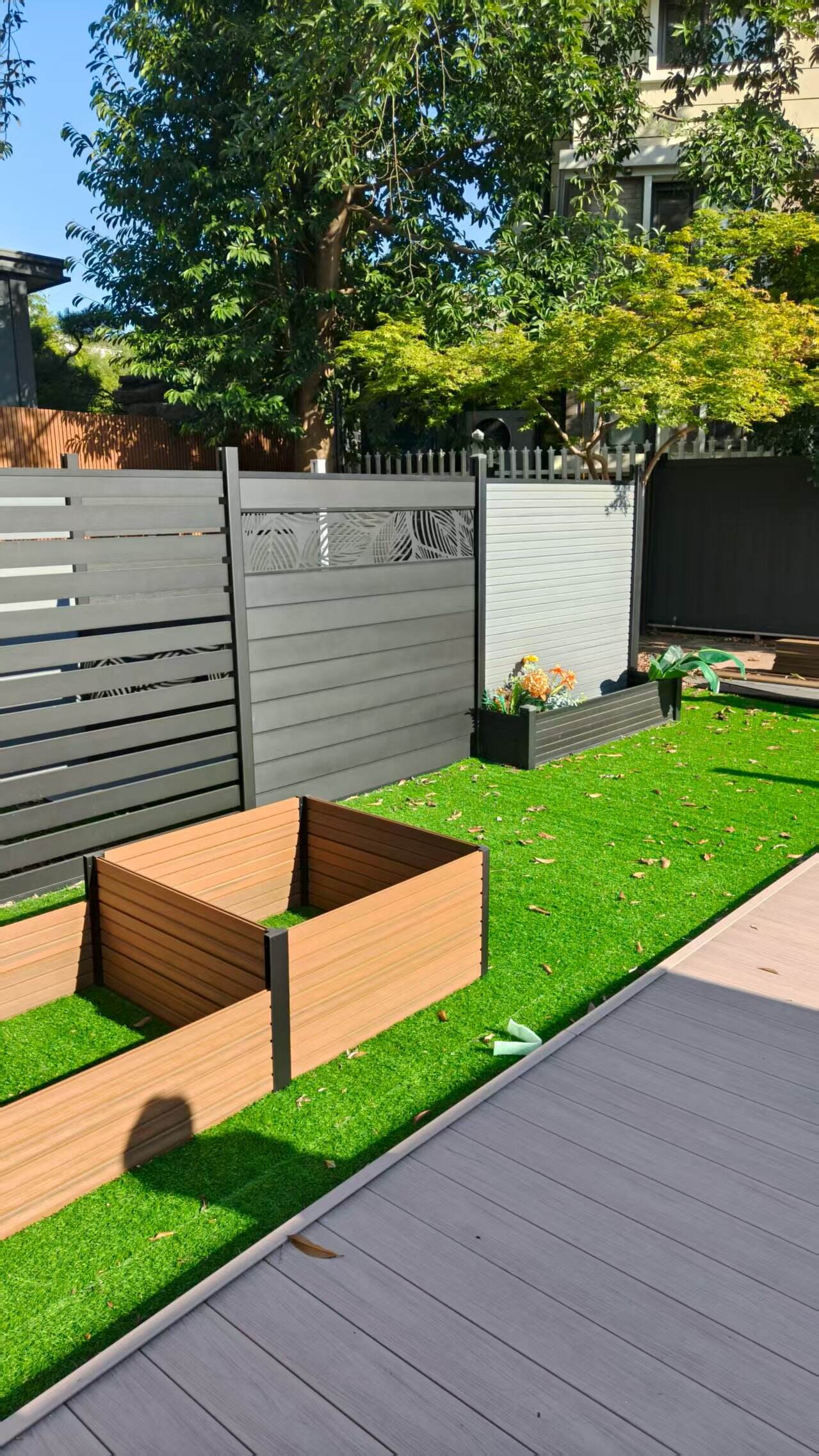Understanding Modern Fencing Solutions for Your Property
Selecting the right fencing materials for your property is a crucial decision that impacts both aesthetics and functionality. Whether you're looking to enhance security, increase privacy, or boost curb appeal, the wide variety of fencing materials available today offers solutions for every need and budget. From traditional wood to innovative composites, each material brings its own set of advantages and considerations.
The evolution of fencing materials has come a long way from simple wooden posts and rails. Today's market offers cutting-edge options that combine durability with style, making it essential to understand the characteristics of each material before making an investment in your property's perimeter.
Traditional Fencing Materials and Their Modern Applications
Wood Fencing: Classic Appeal with Natural Beauty
Wood remains one of the most popular fencing materials, cherished for its natural beauty and versatility. Cedar, pine, and redwood are top choices, each offering distinct advantages. Cedar naturally resists decay and insect infestation, while redwood provides excellent weather resistance and remarkable durability. Pine offers an economical option that can be treated to enhance longevity.
Modern wood fencing has evolved to include various treatments and finishing options that extend its lifespan while maintaining its authentic appeal. Factory-treated lumber can now withstand harsh weather conditions better than ever, making it a reliable choice for both residential and commercial applications.
Metal Fencing: Strength Meets Sophistication
Metal fencing materials have undergone significant innovations in recent years. Aluminum, steel, and wrought iron now feature advanced powder coating techniques that prevent rust and deterioration. These materials offer exceptional durability and security while requiring minimal maintenance.
Aluminum fencing has gained popularity for its lightweight nature and corrosion resistance, making it ideal for coastal areas. Steel fencing provides superior strength and security, while wrought iron continues to be the go-to choice for elegant, high-end properties seeking a timeless appearance.
Contemporary Fencing Solutions
Vinyl and PVC: Low-Maintenance Excellence
Vinyl and PVC fencing materials represent the modern evolution in fencing technology. These materials offer exceptional durability without the maintenance requirements of traditional options. They resist fading, never need painting, and can withstand extreme weather conditions without warping or cracking.
The manufacturing process of vinyl fencing has improved dramatically, allowing for products that convincingly mimic the texture and appearance of wood while offering superior longevity. Color options have expanded beyond basic white to include various wood tones and contemporary colors.
Composite Fencing: Sustainable and Durable
Composite fencing materials blend wood fibers with recycled plastics to create an environmentally friendly option that delivers outstanding performance. These materials offer the warm appearance of wood without its maintenance requirements, making them increasingly popular among environmentally conscious homeowners.
Modern composite fencing features enhanced UV protection and color stability, ensuring that fences maintain their appearance for decades. The material's resistance to splitting, rotting, and insect damage makes it an excellent long-term investment.
Specialized Applications and Innovations
Security-Focused Fencing Materials
For properties requiring enhanced security, specialized fencing materials incorporate advanced features while maintaining aesthetic appeal. High-strength steel alloys, reinforced aluminum, and specialized composite materials offer superior protection without creating an imposing or institutional appearance.
Modern security fencing can include integrated electronic components, such as sensor systems and access control mechanisms, while the materials themselves are engineered to resist cutting, climbing, and tampering. These innovations make it possible to achieve both security and style.
Decorative and Architectural Fencing
The latest developments in fencing materials have opened new possibilities for architectural expression. Laser-cut metal panels, textured composite surfaces, and modular design systems allow for unique patterns and visual effects that transform fencing from a simple boundary marker into an artistic element.
Mixed-material fencing designs have become increasingly popular, combining different fencing materials to create striking visual impacts while maximizing the benefits of each component. Glass panels paired with metal frames, or wood sections combined with stone pillars, exemplify this trend.
Environmental Considerations and Sustainability
Eco-Friendly Material Options
As environmental awareness grows, sustainable fencing materials have emerged as a significant trend. Reclaimed wood, recycled metal, and eco-composite materials offer environmentally responsible choices without compromising on quality or aesthetics.
Many manufacturers now focus on reducing the carbon footprint of their fencing materials through sustainable production practices and the use of recycled content. Some even offer take-back programs for end-of-life fencing materials, ensuring responsible disposal and recycling.
Climate-Specific Material Selection
Different climates demand different fencing materials for optimal performance. Coastal areas require materials resistant to salt spray and humidity, while desert regions need materials that can withstand intense UV exposure and temperature fluctuations.
Modern fencing materials are often engineered for specific climate zones, with manufacturers developing specialized formulations and treatments to enhance performance under particular environmental conditions.
Frequently Asked Questions
How long do different fencing materials typically last?
Lifespan varies significantly among fencing materials. Properly maintained wood fencing can last 15-20 years, while vinyl and composite materials often carry warranties of 25-30 years. Metal fencing, particularly aluminum and steel with proper coating, can last 30-50 years or more. Regular maintenance and environmental conditions play crucial roles in determining actual longevity.
What are the most cost-effective fencing materials?
Initial costs vary widely, with treated pine being among the most economical options. While vinyl and composite materials have higher upfront costs, their minimal maintenance requirements and longer lifespan often make them more cost-effective in the long run. Metal fencing typically represents a middle-ground investment with excellent durability.
Which fencing materials require the least maintenance?
Vinyl, aluminum, and composite fencing materials typically require the least maintenance. These materials resist weather damage, don't need painting or staining, and can usually be cleaned with simple soap and water. Steel and wrought iron require periodic inspection for rust and touch-up painting, while wood demands the most regular maintenance including cleaning, staining, and sealing.

